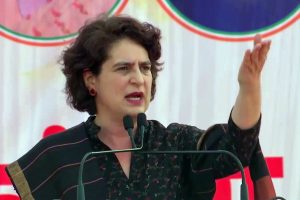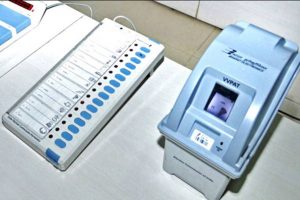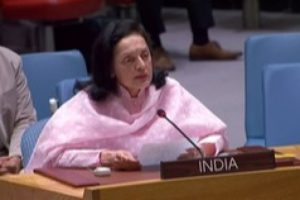A friend in need is a friend indeed. One was cynosure of all eyes, being in the vortex of the freedom struggle, while the other was leading surgeon of his day. Subhas Chandra Bose and Dr Panchanan Chatterjee appeared to be poles apart, but it was patriotism which bound them together. Dr Chatterjee gave Bose, yet to become Netaji, a certificate of disabling surgical ailment which forestalled the British Government from imprisoning the latter.
Convalescing at his Elgin Road residence, Bose escaped to make history and shake the foundations of an empire leading to its final dismemberment. Dr. Chatterjee faced the subsequent Governmental wrath with quiet dignity. Belonging to an age when the medical fraternity of the state was peopled by a galaxy of stalwarts like Sir Nil Ratan Sircar, Dr Radha Gobinda Kar, Dr Bidhan Chandra Roy, Sir Upendra Nath Brahmachari and Dr Lalit Banerjee, any practitioner of medicine or surgery found himself being measured against the reputation of these colossuses of the art of healing.
Apart from jotting appropriate prescriptions or using the scalpel at the right moment, teaching in the premier medical colleges of the city was indeed a tall order as these stalwarts were also the teachers there. Dr Panchanan Chatterjee whose 125th birth anniversary will be observed on Thursday passed all these tests with flying colours. A student of arts who was admitted to Medical College, Calcutta as a special case became a surgeon. He was . Chatterjee was appointed Superintendent cum Resident Surgeon of the Carmichael Medical College (now R. G. Kar Medical College), Calcutta.
Advertisement
Soon afterwards, the state government sponsored his higher studies in the United Kingdom where he became the fellow of the Royal College of Surgeons(FRCS), Edinburgh within a short period of nine months, simultaneously gaining wide experience by working with several famous surgeons in Britain. Back at Calcutta, he continued to work in his previous post until 1926.
Later he joined his Alma Mater, Medical College, Bengal as Senior Visiting Surgeon. He continued there as Professor of Clinical and Operative Surgery and thereafter as Professor and Head of the Department of Surgery from 1947, one of the first Indians to hold this exalted position.
He practiced a wide range of surgeries, including cleft palate and lip surgeries during 1950’s and 1960’s. He lives in deeds and not in years.
Advertisement











